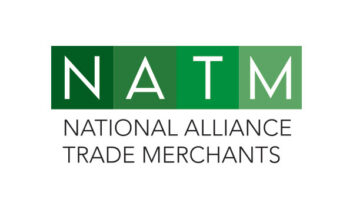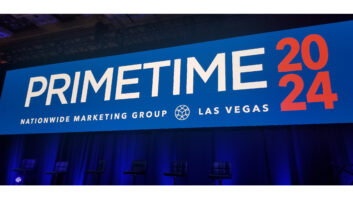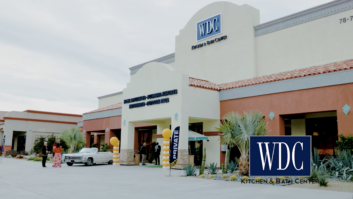The theme was one of sophisticated software systems and solutions, but the focus was decidedly more basic at last month’s GERS Retail Systems’ Retail World user conference held here at the Hilton Torrey Pines.
Indeed, keynote speaker Jim “Mac” McIngvale, owner of Houston-based Gallery Furniture, succinctly summed up that focus: “Customers, customers, customers, customers, customers.”
Titled “Business Without Boundaries,” the gathering of retail IT, MIS and merchandising execs included presentations from leading retail research and consulting firms such as Kurt Salmon Associates, the Lake West Group and Answerthink on the advantages and efficiencies of implementing retail systems. But what McIngvale professed was the simplest system of all. “You have to have an overwhelming desire to please customers to make it. Do for the customer what no one else will do. The rest is the same old crap,” he said.
With an evangelist’s fervor, MacIngvale said he aimed to “give the techies a crash course in ‘Retailing 101 — Surviving in a Wal-Mart World.'” With a nod to his hosts, he acknowledged that “96 percent of bottom-line improvements can come from systems improvements.” But after ticking off the names of recently defunct major chains such as Heilig-Meyers and Montgomery Ward (wryly referring to the latter as “Monkey Ward”), he reminded the attendees that internal efficiencies are wasted when the basics are ignored. “Do customers miss these stores? No!” he said. “What was missing from these shuttered stores? Boundaryless customer service,” he answered.
Citing strategies that allowed his single location to ring up 33 inventory turns last year, McIngvale implored retailers to go out and hire as diverse a sales staff as possible, “people who mirror and match the population, which are your customers. And hire young people. Young people spend money and young people know what other young people spend money on.”
He wrapped up with a plea to “celebrate the death of incrementalism. Aim to grow exponentially, because a healthy cash flow cures all ills.”
Staying on message was John Stiehler of Kurt Salmon Associates, who led off a discussion on “the driving factors impacting merchants today.” Stiehler cited research that supports the need for retailers to focus increasingly on their systems, identifying efficiencies within the supply chain. He then outlined an “e-business enabled business model that allows all entities in the supply chain to have access to the exact same information.”
The fruits of such a software-based system, he said, “is the overwhelming ability to service the customer better. If the back-end is in order, all your energy can be focused on those customers on the sales floor.”
Charlie McCarthy of Answerthink took that idea one step further, underlining the significant effect that sophisticated business intelligence can have on the bottom line. Citing the mounting pressure on retailers as the competitive gap closes, McCarthy called fast and informed decision-making “the key weapon in the battle for customers. Everybody these days has outstanding customer service, everyday low prices, short cycle times and top quality merchandise. The only long-run competitive advantage is the ability to make better decisions faster,” he said.
Bill Luckert of The Lake West Group assigned that task to the merchandising executives. Preaching that “retail is detail,” Luckert stressed inventory management and “real-time knowledge of every SKU’s location and intended location.” He underscored the limitations of an unsophisticated inventory system by reminding the execs that “one lost sale [due to a lack of inventory] can equal one lost customer, and suddenly that’s many lost sales.”
This harkened back to McIngvale’s initial wake-up call. “What’s more important, one sale or one customer?” he asked rhetorically as he strode on to the stage. “If you have to think about that for even a second, you just lost both. Let me say it in a way you’ll remember: customers, customers, customers, customers, customers.”













